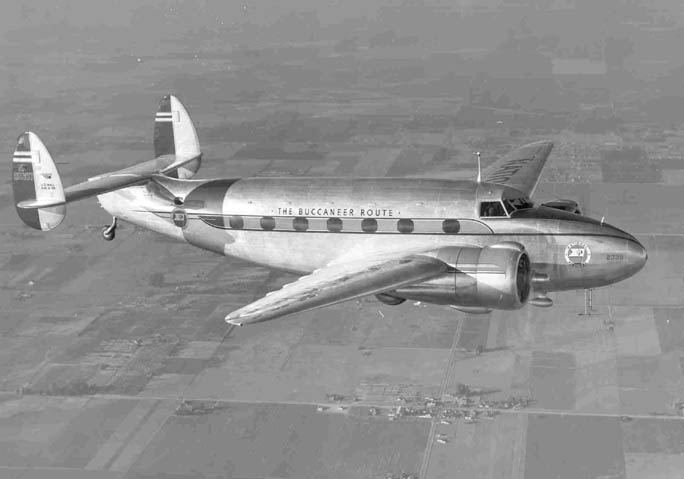If you use an Internet-enabled device (and if you are reading this, you do), you are almost certainly familiar with software updates. These ever-present parts of our daily lives can be annoying, because they come with increasing frequency and always seem to slow down your machine at the most inopportune time. But they do include security updates and other tweaks intended to keep your machine working in the changing digital world.
Software updates are a form of product support, a responsibility of producers to provide continued assistance to customers who have bought their product. In the digital world, product support can represent a long-term commitment. Microsoft provided mainstream support for its Windows XP operating system until 2009 (eight years after its initial release in 2001) and extended support until 2014. But XP running on some embedded systems is still supported even now, and will continue to be supported until next year, eighteen years after the OS’s release.
Long-term product support predates the software industry by decades. Car manufacturers provide support for their models, as do aerospace companies. In 1948, back when aerospace was only aeronautics, the Lockheed Star (the company newspaper of the Lockheed Aircraft Corporation) reported on the activities of the Inactive Models branch of the company’s Service Engineering Group:
Among the diversified activities of Neil Harrison’s Service Engineering Group, supervised by Nels Griffith, is Inactive Models, a misnomer according to several in the department, since the so-called obsolescent type airplanes such as the Model 10, 12, 14, 18, PV-1, PV-2, and P-38 are anything but inactive.1
The engineers in Inactive Models provided technical data and specifications to the Spare Parts department to produce replacement parts for out-of-production aircraft designs being flown by assorted foreign and domestic operators. The major domestic airlines operated newer designs, as did many of the prestigious flag carriers of other nations. But second- and third-tier domestic feeder airlines used older aircraft, many of which had been bought secondhand when their original owners upgraded to newer planes. Demobilization after World War II created a glut of used planes, which had to be supported by Lockheed or other companies with spare parts. (Failing to anticipate the secondhand market, Lockheed built a prototype feeder airliner, the Saturn, but it was a flop and never entered production.)
In addition to supporting spare parts, the Lockheed Inactive Models branch designed upgrades of designs. One such upgrade was the design and installation of fire-protection features for National Airlines’ Lockheed Model 18 Lodestar fleet. Although the airline had pressurized Douglas DC-6 planes by this time, its older Lodestars were still in operation and needed safety upgrades.

Lockheed Model 18 Lodestar flying the “Buccaneer Route” of National Airlines. (Source: Bill Larkins on Wikimedia Commons, CC BY-SA 2.0.)
Other projects of Inactive Models included structural repair of a Model 10 Electra (a design of the mid-thirties) belonging to a foreign customer, and winterization of F-80 Shooting Star fighter jets.
Product support—whether it be of Windows operating systems or Lockheed planes—is a form of maintenance, which has always been a key aspect of technology. As David Edgerton argues in The Shock of the Old (2007), we need to pay attention to the use of technology across time—including its maintenance—not just the development of new things. The development of a technology is the beginning of its story, not the end. And for some technologies, like National Airlines’ Lodestars, that story can be a long one.
- “Engineering Highlights,” Lockheed Star (California Division), August 5, 1948. [↩]
